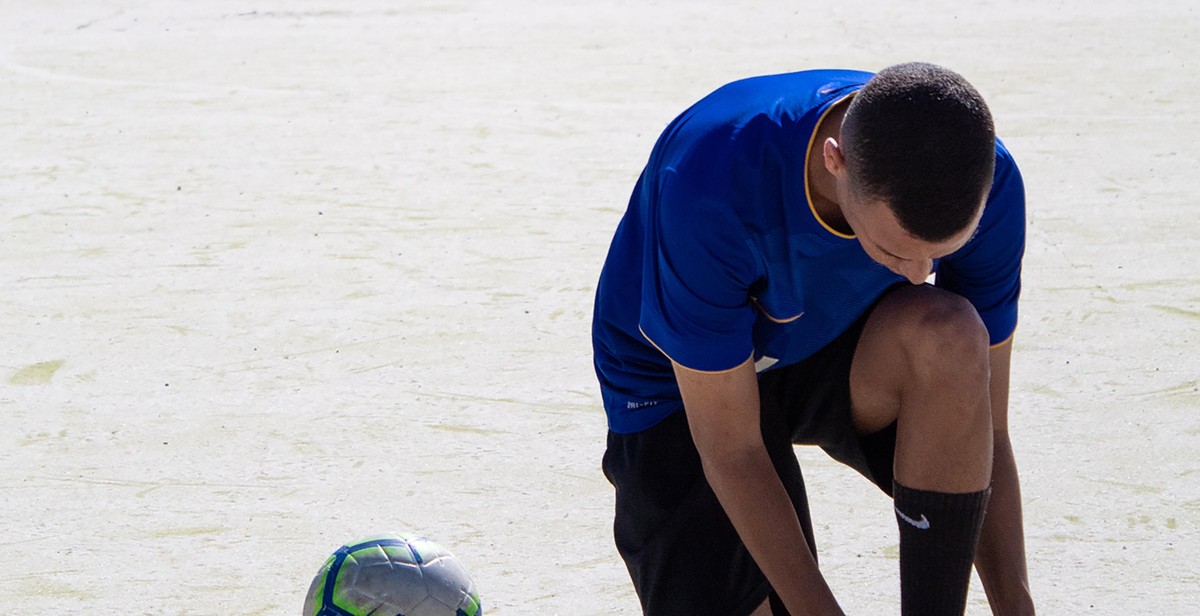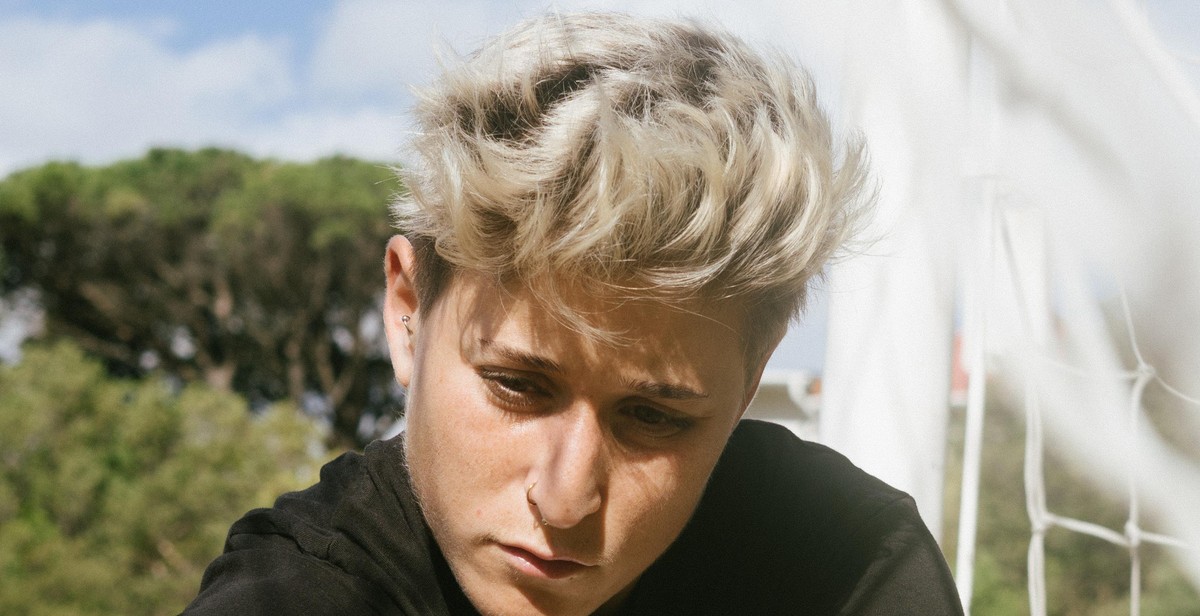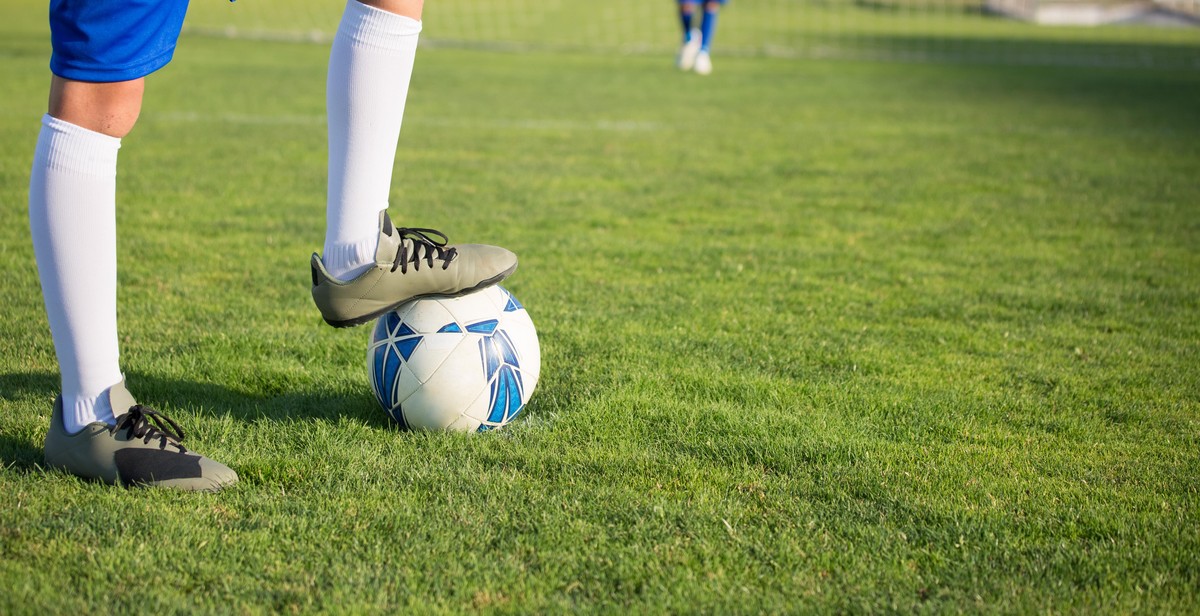How to Choose the Right Soccer Cleats: Factors to Consider for Comfort and Performance
As a professional soccer player with over 10 years of experience, I know the importance of having the right soccer cleats. The right pair of soccer cleats can make all the difference in your performance on the field. Not only do they provide traction and stability, but they also offer comfort and support.
Choosing the right soccer cleats can be overwhelming, especially with so many options on the market. That’s why I’ve put together this guide to help you make an informed decision. In this article, I’ll discuss the factors you should consider when choosing soccer cleats for comfort and performance.
Factors to Consider
When choosing soccer cleats, there are several factors to consider:
- Type of Field: The type of field you’ll be playing on will determine the type of cleats you need. Soft ground, firm ground, and artificial turf all require different types of cleats.
- Fit: The fit of your cleats is crucial for both comfort and performance. Make sure to try on different sizes and styles to find the best fit for your foot.
- Material: Soccer cleats are made from a variety of materials, including leather, synthetic materials, and mesh. Each material offers its own benefits and drawbacks.
- Style: The style of your cleats is a personal preference, but it can also affect your performance. High-top cleats offer more ankle support, while low-cut cleats allow for more mobility.
By considering these factors, you can find the perfect pair of soccer cleats for your needs. In the following sections, I’ll dive deeper into each factor to help you make an informed decision.

Factors to Consider for Comfort
When selecting soccer cleats, it is essential to consider comfort as a top priority. The right pair of cleats can make a significant difference in your performance on the field. Here are the essential factors to consider for comfort:
Size and Fit
The size and fit of the cleats are crucial for comfort. Wearing cleats that are too big or too small can cause discomfort and even injuries. When trying on cleats, make sure to wear the socks you will use during games to get an accurate fit. The cleats should fit snugly but not be too tight, allowing room for your toes to move. A good fit will help prevent blisters, rubbing, and chafing.
It is also important to consider the shape of your feet. Some cleats are designed for wider feet, while others are made for narrow feet. Ensure that the cleats you choose are suitable for your foot shape to avoid discomfort and pain.
Material
The material of the cleats can affect their comfort level. Most soccer cleats are made of synthetic materials, leather, or a combination of both. Synthetic materials are lightweight and durable but may not offer the same level of comfort as leather. Leather cleats are softer and more comfortable, but they require more maintenance.
It is also important to consider the lining of the cleats. Some cleats have a mesh lining that allows for breathability, while others have a thicker lining for added comfort and support. Consider the climate and conditions you will be playing in to choose the appropriate lining for your cleats.
Construction
The construction of the cleats can also affect their comfort level. Look for cleats with a cushioned insole to provide extra comfort and support. The outsole should also be flexible to allow for natural foot movement and prevent discomfort. Additionally, some cleats have a padded collar or tongue for added comfort and protection.
It is also important to consider the cleat’s weight. Lightweight cleats can provide added comfort by reducing the strain on your feet and legs. However, heavier cleats may offer more stability and support.
| Factors to Consider for Comfort | |
|---|---|
| Size and Fit | Make sure to wear the socks you will use during games to get an accurate fit. The cleats should fit snugly but not be too tight, allowing room for your toes to move. |
| Material | Consider the climate and conditions you will be playing in to choose the appropriate lining for your cleats. Leather cleats are softer and more comfortable, but they require more maintenance. |
| Construction | Look for cleats with a cushioned insole to provide extra comfort and support. The outsole should also be flexible to allow for natural foot movement and prevent discomfort. |

Factors to Consider for Performance
Choosing the right soccer cleats is crucial for enhancing your performance on the field. There are several factors to consider when selecting the perfect pair of soccer cleats. In this section, we will discuss the most important factors to consider for comfort and performance.
Type of Studs
The type of studs on your soccer cleats can significantly affect your performance. There are three main types of studs: firm ground (FG), soft ground (SG), and artificial ground (AG).
- Firm Ground (FG): These studs are ideal for playing on natural grass surfaces. They provide excellent traction and stability on firm, dry fields.
- Soft Ground (SG): These studs are best suited for playing on wet or muddy fields. They are longer and more widely spaced than FG studs, providing better traction in slippery conditions.
- Artificial Ground (AG): These studs are designed for playing on artificial turf surfaces. They are shorter and more numerous than FG studs, providing better grip on the harder, synthetic turf.
Playing Surface
The playing surface is another important factor to consider when choosing soccer cleats. Different surfaces require different types of cleats to ensure optimal performance.
- Natural Grass: As mentioned earlier, FG studs are ideal for playing on natural grass surfaces. They provide excellent traction and stability on firm, dry fields.
- Artificial Turf: AG studs are the best option for playing on artificial turf surfaces. They provide the necessary grip and support on the harder, synthetic turf.
- Indoor Surfaces: For indoor soccer, you should opt for indoor soccer shoes that have a non-marking sole. These shoes provide excellent grip and traction on the smooth, hard surfaces found in indoor soccer facilities.
Position on the Field
Your position on the field is another crucial factor to consider when choosing soccer cleats. Different positions require different types of cleats to ensure optimal performance.
| Position | Ideal Cleat Type |
|---|---|
| Forward | Lightweight cleats with a focus on speed and agility |
| Midfielder | Cleats with a balance of speed, agility, and support for both offense and defense |
| Defender | Cleats with a focus on stability, support, and durability for tackling and defending |
| Goalkeeper | Cleats with a focus on traction and support for quick movements and dives |
By considering these factors when choosing your soccer cleats, you can ensure that you have the right pair for optimal comfort and performance on the field.

Maintaining Your Soccer Cleats
Proper maintenance of your soccer cleats is essential to ensure their longevity and performance. Here are some tips on how to keep them in top condition:
Cleaning and Drying
After each game or practice session, it’s important to clean your soccer cleats to prevent dirt and debris from accumulating. Use a soft brush or cloth to remove mud, grass, and other debris from the surface of the cleats. Avoid using harsh chemicals or abrasive materials that can damage the material.
Once you’ve removed the dirt, you should rinse your cleats with water and wipe them dry with a towel. Make sure to remove any excess moisture from the cleats, especially from the inside, to prevent mold and odor buildup.
Pro Tip:
Stuff your cleats with newspaper or a towel to help them maintain their shape while they dry.
Storage
Proper storage is also important in maintaining your soccer cleats. After cleaning and drying them, store your cleats in a cool, dry place away from direct sunlight. Avoid leaving them in a damp or humid environment, as this can cause mold and odor buildup.
You can also invest in a shoe bag or container to keep your cleats organized and protected. Make sure to keep them away from any sharp objects or other items that can damage the material.
Pro Tip:
Consider investing in a shoe tree or insert to help your cleats maintain their shape while they’re in storage.
| Step | Action |
|---|---|
| Step 1 | Clean your cleats after each game or practice session |
| Step 2 | Rinse your cleats with water and wipe them dry with a towel |
| Step 3 | Stuff your cleats with newspaper or a towel to help them maintain their shape while they dry |
| Step 4 | Store your cleats in a cool, dry place away from direct sunlight |
| Step 5 | Invest in a shoe bag or container to keep your cleats organized and protected |

Conclusion
Choosing the right soccer cleats is crucial for both comfort and performance on the field. With so many options available, it can be overwhelming to determine which cleats will work best for you. However, by considering the factors discussed in this article, you can make an informed decision and find the perfect pair of soccer cleats to enhance your game.
Key Takeaways
- Consider the playing surface when selecting cleats.
- Make sure the cleats fit properly and are comfortable.
- Choose between molded, metal, or hybrid studs based on your playing style and position.
- Look for additional features such as padding, lacing systems, and materials to further enhance your performance.
Final Thoughts
Remember, choosing the right soccer cleats is a personal decision that requires careful consideration of your playing style, position, and needs. By taking the time to research and try on different options, you can find a pair of cleats that will not only provide comfort but also improve your game. Don’t be afraid to ask for advice from coaches, teammates, or professionals, and always prioritize comfort and safety over style or brand name.
| Factor | Importance |
|---|---|
| Playing surface | High |
| Fit and comfort | High |
| Stud type | Medium |
| Additional features | Low to medium |
